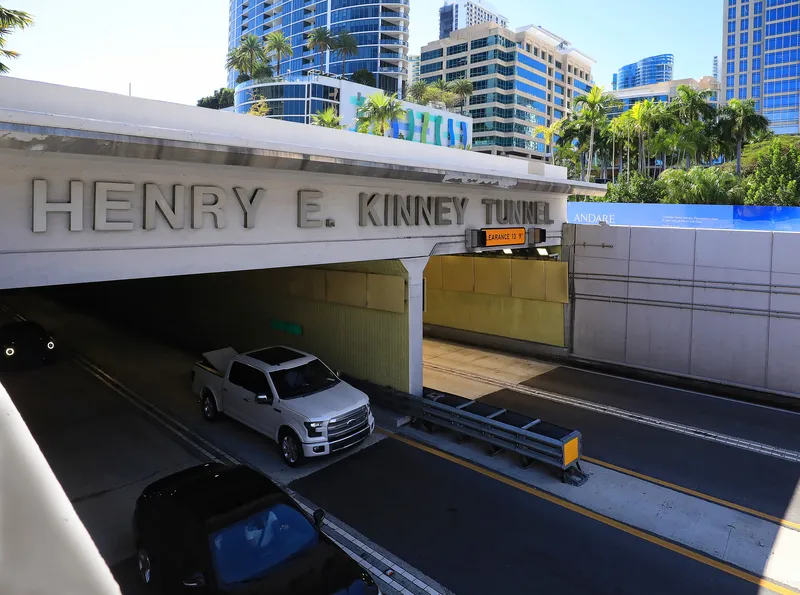Motorists in Singapore can look forward to improved real-time traffic information and better traffic flow as the country’s Land Transport Authority (LTA) begins works to enhance existing electronic signboards along the expressways. The 380 existing island-wide expressway motoring advisory system (EMAS) electronic signs will be replaced with thirteen new signs. The new signs will be more readable, as they can display text and simple graphics in up to seven colours, including green, cyan and purple. The first
September 16, 2013
Read time: 1 min
Motorists in Singapore can look forward to improved real-time traffic information and better traffic flow as the country’s Land Transport Authority (LTA) begins works to enhance existing electronic signboards along the expressways.
The 380 existing island-wide expressway motoring advisory system (EMAS) electronic signs will be replaced with thirteen new signs. The new signs will be more readable, as they can display text and simple graphics in up to seven colours, including green, cyan and purple.
The first batch of signs is expected to be completed by the first half of next year, with the project completed by 2017.
In addition, by next year, LTA will extend EMAS coverage to major arterial road corridors to provide better driver information. A total of seventy new electronic signs, EMAS arterial variable message signs (AVMS) will be installed along four heavily-used road corridors which serve as alternative routes to the expressways.
The 380 existing island-wide expressway motoring advisory system (EMAS) electronic signs will be replaced with thirteen new signs. The new signs will be more readable, as they can display text and simple graphics in up to seven colours, including green, cyan and purple.
The first batch of signs is expected to be completed by the first half of next year, with the project completed by 2017.
In addition, by next year, LTA will extend EMAS coverage to major arterial road corridors to provide better driver information. A total of seventy new electronic signs, EMAS arterial variable message signs (AVMS) will be installed along four heavily-used road corridors which serve as alternative routes to the expressways.










